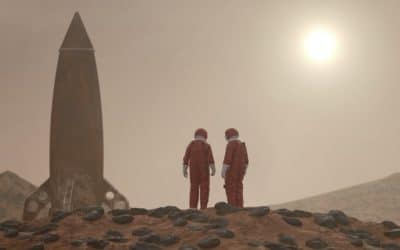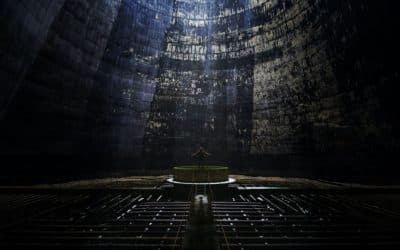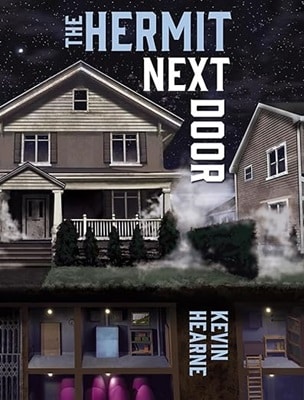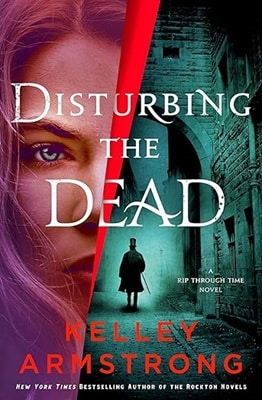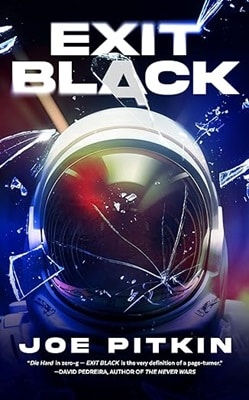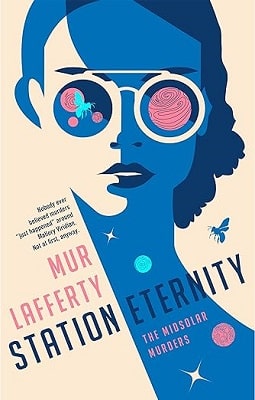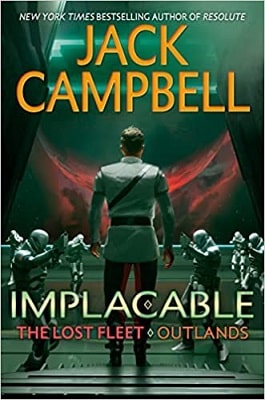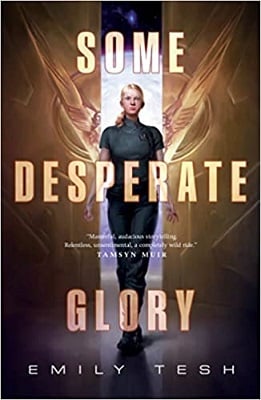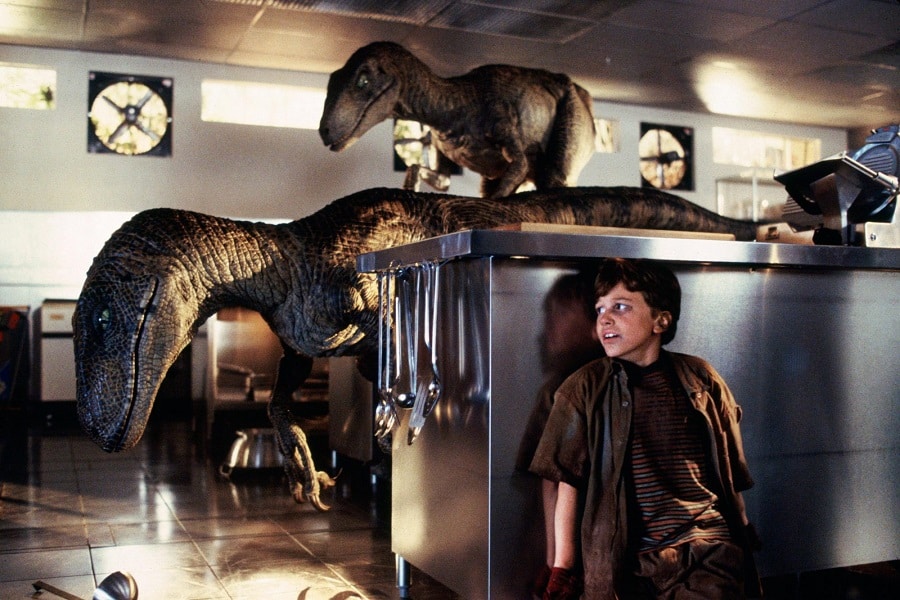
Feature
Tropes in Sci-fi Thrillers
Kara O’Toole Treece
I have two sons who are opposites in almost all mentionable ways, from appearance to how much peanut butter they like on their sandwiches. However, there are two things that unite them. One: trying to pull a fast one on mom. The second: WWE wrestling.
Early on in my oldest son’s life, he found WWE. Immediately enthralled, he asked for action figures and toy wrestling rings and all of the merchandise. Every birthday. Every Christmas. Not satisfied with a household fandom of one, he then introduced it to his baby brother.
To be honest, I never quite got it.
Sure, I appreciate the athleticism of the wrestlers, and the production quality is amazing. But, it didn’t bring me the joy it brought my boys. It hit them differently. So, what was I missing?
I was at the breakfast table with my youngest. He was eating Pop-Tarts as he rewatched a previous episode of WWE. “The challenger always says he’s going to beat the champion. They always say that. Every time.”
And that’s when I understood why they loved WWE. It was the same reason I love to sit down with certain genres of books. The consistency provides reassurance in a sometimes-crazy world. It’s all about the tropes.
There are many definitions of tropes, but for now I want to stick with the one Merriam Webster provides: “A common or overused theme or device.”
Tropes are the warm, fuzzy blankets of art. They provide a measure of comfort in telling the reader (or the WWE fan) what to expect. The challenger in WWE? They always say that they’ll beat the champion. A beautiful shapeshifter or vampire with a strong female lead? You know you are reading urban fantasy. The small-town baker in love with the grumpy neighbor? You’re now in contemporary romance territory. The plucky detective with hilarious quips? Put on the cocoa for a cozy mystery.
Typically, tropes are genre-specific. Gruesome dead bodies are a staple for murder mysteries, but would be out of place (and maybe a tad disconcerting) in a beach read. Elves, and their corresponding fantasy readers, would not be thrilled to inhabit a dystopian science fiction novel. A reader might not appreciate aliens showing up in a work of historical fiction, cool as that might seem. And while most readers like to branch out and experiment with other genres, sometimes it is just nice to know what to expect when you pick up a book. WWE challengers are always boastful; the protagonists in thrillers are always racing against a clock. It feels good.
But tropes can also pose some problems when genre lines are not so clearly delineated. For example, what happens to tropes when two of the most popular genres: science fiction and thrillers merge into a single genre of Sci-fi thriller? How do these tropes work together to make one cohesive story that will still feel comfortable to the reader?
WWE managed to do it. They combined WWE and Scooby Doo into a cartoon. Twice. Once of them has been playing on continuous loop for about a year in my house (not that I’m counting). But the cartoon managed to pack in tropes that WWE fans love (wrestling, villains and heroes, more wrestling) and combine it with the elements of Scooby Doo (cozy mystery to solve, villain reveal, Scooby Snacks.) The show kept enough of the tropes in each to satisfy the fans of both. I have to admit, it was pretty charming.
How does it work in sci-fi thrillers? They are definitely not WWE or Scooby Doo. And science fiction and thrillers are two seemingly very different genres. Let’s briefly examine the tropes of each.
Science fiction tropes are broad and varied. They cover everything from the vastness of a space opera, parallel universes, dystopian worlds, aliens, and advanced technology to name a few. Readers expect, and deserve, immersive world building. When I open a science fiction book, I expect to be taken on a journey to things outside of my everyday experiences.
Tropes in thrillers can be very different than those in science fiction. The reader wants to feel the relentlessly ticking clock running out of time for the protagonist. Villains in thrillers are usually known and have a dastardly plan that must be stopped. Pacing, danger and the real threat of imminent demise are crucial to a good thriller.
So how do these tropes combine in sci-fi thrillers? Michael Crichton is a fantastic example. Even though it is not considered ‘hard science fiction,’ Jurassic Park marries advanced technology run amok (sci-fi trope) with the ticking clock of trying to escape an island full of dinosaurs, preferably without dying first (thriller). It feels comfortable to both sci fi and thriller readers alike because of the way the tropes intertwine.
There are countless other examples of these two genres, mashed together to create one heart pounding but immersive story, that feels new but also not so outside of each genre’s tropes to lose the reader. So, the next time you sit down to read a book outside of your favorite genre, and it feels comfortable, look for the tropes. I’ll still be here, listening to WWE in the background, secretly hoping that maybe the challenger will win this time. After all, he said he would. Again.
About the Author
Former attorney and perpetual coffee addict, Kara O’Toole Treece, is the author of the sci-fi thriller series Running in Parallel. She lives in Omaha, Nebraska with her husband and two sons. You can follow her shenanigans on Facebook, or check out her books at karaotooletreece.com or Amazon.

More Sci Fi Thriller Features
Space Opera Thrillers
Nail-biting tension in worlds of spaceships and doom
Artificial Intelligence in Thrillers
AI and Identity in Thrillers
Sci-fi Mysteries
Why we love science fiction mysteries

